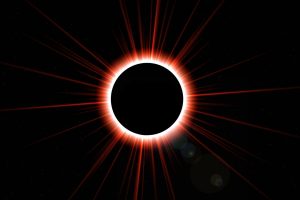From the Sun, to the Future

I am lucky, and proud, to be the son of one of the most innovative and forward thinking architects of our generation. His passion for efficiency is a key reason why I am writing this book.
My father, Noe Treves, built one of the first modern passive solar homes in the whole world. The three-story-high home he built for our family, in 1988, used multiple passive solar initiatives to conserve energy and save money. These include building in elongated volume from East to West, with large amounts of sun exposure, and exterior walls made of concrete and rock, layered with double glass.
Today, twenty years later, these approaches are still rare, under-used, and ignored by most contemporary architects. Even the most famous and popular architects of our time have missed the boat on passive solar building practices. Luckily, progressive practices are on the rise and will soon be implemented with more regularity.
The need to build energy-efficient homes is increasing, and the technology available is making passive solar building more effective than ever. On top of that, we have innovative products, such as solar panels and the brand new solar tiles that Tesla is releasing. We are also seeing new inventions to capture energy from the wind, rain, rivers, geothermal heat, and ocean tides.
Sustainable practices such as these are needed to slow down global warming, and we should apply them worldwide to ensure the survival of our species. The fact that so many nations fail to support these new industries is a concern. Luckily, companies and citizens, such as my father, have taken matters into their own hands, leading projects that could ensure the safety our species. Every ounce of effort counts.
Back in 1988, very few people cared about saving energy through eco-friendly practices, such as the installation of passive solar systems in their home. Now we face a different reality, and thus, more inventors and scientists are focusing on this. Perhaps the most famous character in this industry is Elon Musk, co-founder and CEO of Tesla. His company is a major American automaker, energy storage provider, and solar panel manufacturer, based in Palo Alto, California.
Elon Musk is also leading the renewable energy industry in other areas of the transportation system. His company SpaceX is working on several projects, including the Hyperloop Train.
This Hyperloop Train is a proposed mode of passenger and freight transportation, that would propel a pod-like vehicle through a reduced-pressure tube, that would exceed airliner speed. The train would gradually accelerate to cruising speed, using a linear electric motor. It will glide over the tracks using passive magnetic levitation.(1) Tesla is also working on developing electric and hydrogen powered options, for heavy-duty trucks and high passenger-density urban transport. Some of these have already been released, with the most recent being the Cybertruck.
These options may seem costly investments, but renewable energy will be the norm in the future. This is to show that innovation is a constant need, and that even though it is subdued during its initial process, eventually the masses move into adoption.
Fruit based diets will probably develop in the same way. Vegetarianism and veganism were met with resistance as they appeared, now they are carving their place in mainstream culture. We are likely to see raw vegan and fruit based diets become more popular, as more of us begin to Give Fruit a Chance.
Previous Section:
Next Section:
Acknowledgments
Thank you for reading!
Please donate to help us publish this book.
PayPal: trevesbruno@gmail.com
Venmo: @Bruno-Treves
Sources:
(1) http://www.spacex.com/sites/spacex/files/hyperloop_alpha-20130812.pdf
